In this article we will show you how you can use simple means and purely natural ingredients to make your own hand cream with which you can pep up your battered climbing hands.
A contribution by Alex Gehrein / www.target10a.com
The hands of ambitious climbers have to face a number of adversities every day. Especially in winter, cold temperatures and heating air lead to dry and cracked skin. Small and large injuries sustained on the rock and in the hall play badly with them and excessive use of chalk will finish off your fins.
The skin becomes thin and fragile. Not only does it feel bad, it is also really bad for your next climbing session. This is annoying because you actually decided to optimize your training in order to be at your best for the next season.
The skin can become a limiting factor at times.
So that you don't even get into this situation, skin care is the order of the day. However, many products available on the market contain additives such as paraffins and Co., which you would rather not incorporate on closer inspection. After all, “You are what you eat” does not only apply to food, it is also worth taking a second look at cosmetic products. Health-conscious climbers pay attention to what ends up in their shopping basket, which leads to the next problem: the price.
Many products that do not contain any additives are simply very expensive.
This need not be. You can easily make your own fin fat yourself. And that's not difficult at all. All you need is a hand of ingredients and some suitable kitchen utensils and that's it. Okay, maybe ideally also some interest in wild and medicinal herbs if you want to use fresh plant material (you have to collect that outside, unless you have the privilege of having a well-stocked garden in front of the door) .
But it doesn't have to be, because the necessary plant material is also available in most well-stocked health food stores in every large small town on the tea shelf, or conveniently ordered by post (long live the Internet!). So this is a guide on how to make your own natural healing ointment that optimally supports your skin barrier in rebuilding. Without any unnecessary chemical frills and animal testing. Perfect for your battered climbing hands!
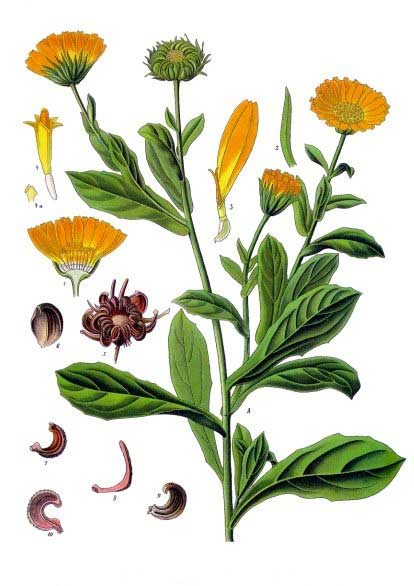
Ingredients for making your own hand cream
- 45g beeswax
- 60g lanolin (You can alternatively use cocoa butter or similar, but then you have to vary the amount)
- 600 ml Olive oil of your choice as a carrier base (olive oil is particularly suitable for skin care, but you can also use rapeseed oil, etc.)
- Glass vessels (depending on the approach - I'll talk about the different procedures in a moment - e.g. empty Jam jars or vessels made of heat-resistant glass which can be bought in some drugstores or in specialty shops for kitchen utensils)
- an Wooden stick or similar for stirring
- an Dough pusher
- a Kitchen sieve
- its Plant materialthat you want to process further
- an Cooking pot as well as a working one Stove top
- optional (but practical): a kitchen thermometer
These plants are particularly good at making skin care products out of them:
- marigold (Calendula officinalis)
- Real chamomile (Matricaria chamomilla)
- Lavender (Lavandula angustifolia)
- Great burdock (Arcitum lappa)
- Chickweed (middle stellaria)
- Yarrow (Achillea millefolium) - Danger! Some people are sensitive to umbellifers
It is enough if you choose two or three of the plants listed above to make your ointment. I prefer to use marigold and chamomile flowers.
It is well known that too many cooks spoil the broth.
As already mentioned above, the loose flowers can often be bought on the tea shelf (often simply in the supermarket). Once you have obtained your plant material, you can process it in two different ways.
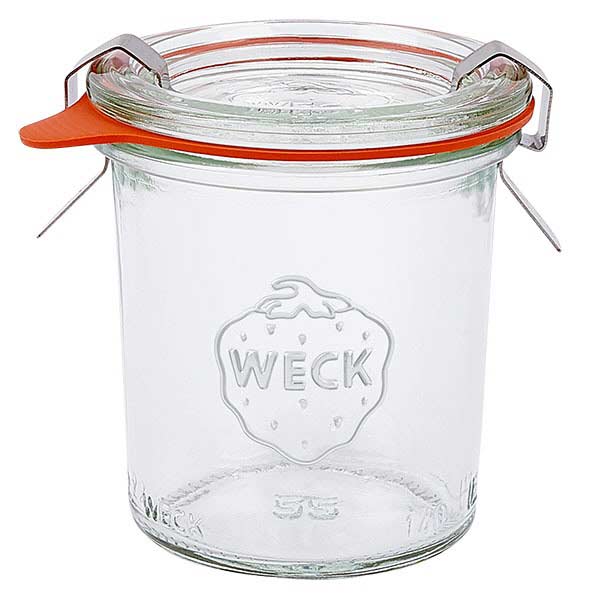
1. Processing method: cold extraction
You make a cold extract in a jam jar. For this, the plant material should no longer be completely fresh, but already dried, as you put the herbs in containers, pour oil over them and leave everything covered with kitchen paper in a dark place for a few weeks (at least 4, better 6-8 weeks).
If you use fresh material, there is a risk of mold forming. If you close the containers and the plants are not yet 100% dry, the residual moisture cannot escape. In this case too, mold forms. If you use kitchen paper as a cover, the moisture can escape upwards.
With this procedure, the healing active ingredients are retained due to the gentle process.
However, you are on the safe side if your herbs are really completely dry.
Advantages of the cold extraction process
The advantage of this process is that due to the gentle process, all the healing active ingredients from your plants are retained while you are making the herbal extract. The downside is that you need to be patient until your plants are dry and until they have transferred their healing powers to the carrier oil.
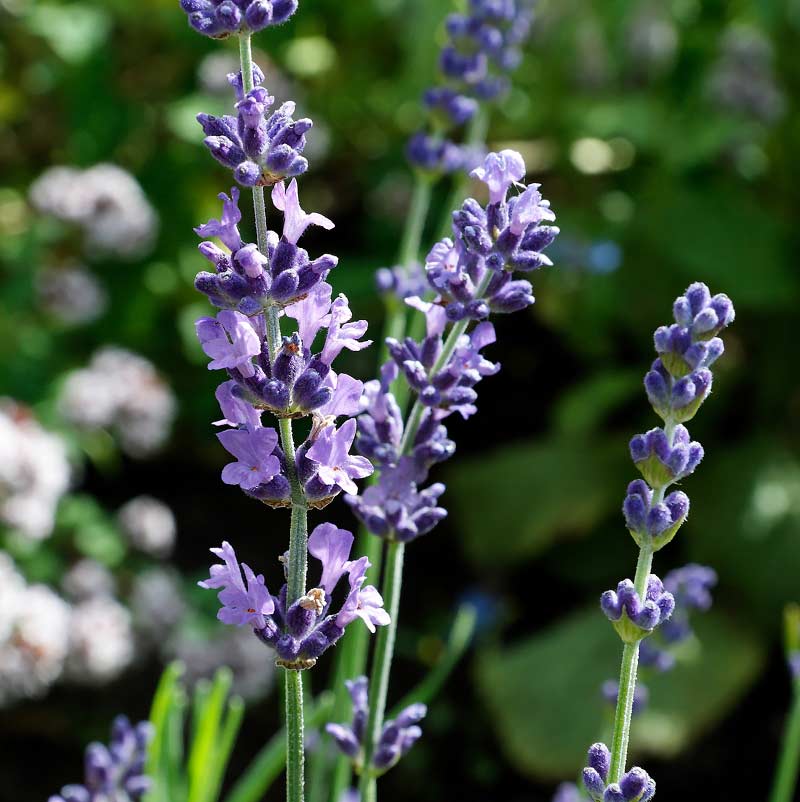
2. Processing method: hot extraction
A second processing method is the so-called warm extraction. For this it is an advantage if you get vessels made of heat-resistant glass, but it does not have to be.
I've also made hot extracts in the jam jar, but it is good if you have a kitchen thermometer to check the temperature so that you don't accidentally break the glass in the saucepan because it was heated too much. In general, you should make sure that the stove is not set too hot, otherwise active ingredients from the plants can be destroyed. I never heat the vessels more than 60 ° C.
In general, you should make sure that the stove is not set too hot.
You put the herbs in your glass jars and pour the carrier oil over them until they are completely covered. Then you put the vessels in a saucepan in the water bath (only a few cm high) and heat the hob on a low level until the oil has reached the desired temperature (it must not get too hot at the bottom of the vessel, so measure below). Now you let everything simmer for 1-2 hours.
Advantages of the hot extraction process
The advantage of this process is clearly the speed with which you hold the end product in your hands (and you may not have to start all over again if the mold has spread in your jars), but you have to deal with it as well Resigning yourself to not getting everything that you can out of the ointment because healing substances are lost as a result of the heating.
In the meantime you start to melt the beeswax (in another heat-resistant glass vessel in the water bath) until it has completely liquefied (happens at around 70-80 ° C).
Then you add that Lanolin with the dough pusher (Warning !: It is very greasy and comes off extremly bad, so be careful not to let any of it end up outside of your jar. It would also be good if you no longer need the utensils listed above that come into direct contact with the wax and the lanolin - such as sticks for stirring, vessels, dough scrapers, etc. - for other kitchen activities, but only use them for ointment from now on. otherwise cleaning can become a real nuisance).
If you are of the opinion that your oil has now absorbed enough active ingredients (cold: after 6-8 weeks, warm: simmer after 1-2 hours), it is time to sieve off the material so that in the end you only have have the liquid oil in front of you (it is best to squeeze the herbs out a little with your spatula or similar so that you don't burn yourself. Experience shows that otherwise some oil and thus potential ointment on the compost heap or the garbage can get lost).
If you like, you can add some lavender / rose / tea tree oil or propolis drops (...) to your extract (all of them have anti-inflammatory properties. Lavender and rose oil also have a pleasant scent, tea tree oil has good skin care properties, but has a smell strict).
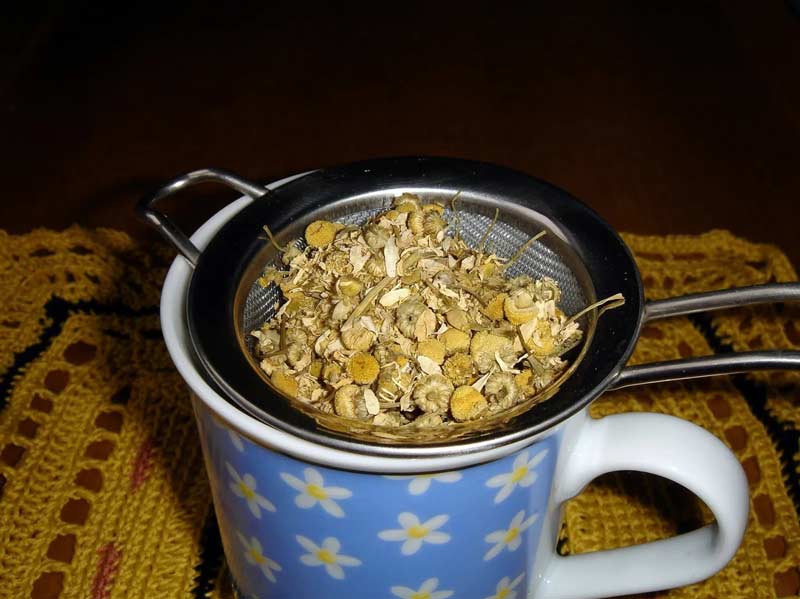
Now you mix the wax and the lanolin with the carrier oil. It is important that both have about the same temperature (the oil should be simmered to 60 ° C. But you may have to heat it up a little more at the end so that it mixes well with the wax and the lanolin ). If your oil is too cold, lumps will begin to form, which will seriously affect the consistency of your ointment. If this happens to you, you have to heat the wax-oil mixture a little more, then the lumps will loosen again (the ointment will still work well afterwards). When a homogeneous liquid has formed, you start to fill everything into storage containers such as ointment jars (from the pharmacy) or other jam jars with screw caps.
Done!
Cleaning of the vessels
Cleaning the vessels can be a bit difficult, but it works best if you pour hot water over everything and wipe it off with a cloth or sponge, which you can then only use to make ointments or throw away. Small sacrifices are needed, but your hands will thank you!
Making cream to treat tension
If you are struggling less with your hands and more with tension in the forearm and shoulder muscles, you can also make your own anti-pain ointment instead of the skin care ointment.

All you have to do is swap the plant species, otherwise the procedure is the same. I use dried ginger and Kurkurma (both anti-inflammatory), dried chili peppers (stimulates blood circulation), and optionally a plant that contains salicylic acid (aspirin was developed from this, it has a strong analgesic effect), e.g. willow bark or meadowsweet (attention! The little meadowsweet is protected and is on the red list!).
Actually all types of willow are suitable, but they contain more or less salicylic acid. Especially the white willow (Salix alba) contains a lot of it (it grows in damp locations on lake shores or along streams in the alluvial forest). But you can also just use the Sal willow (Salix caprea) which can be bought in many front gardens and in every nursery. (The plant that blooms around Easter with the white and yellow fluffy kittens).
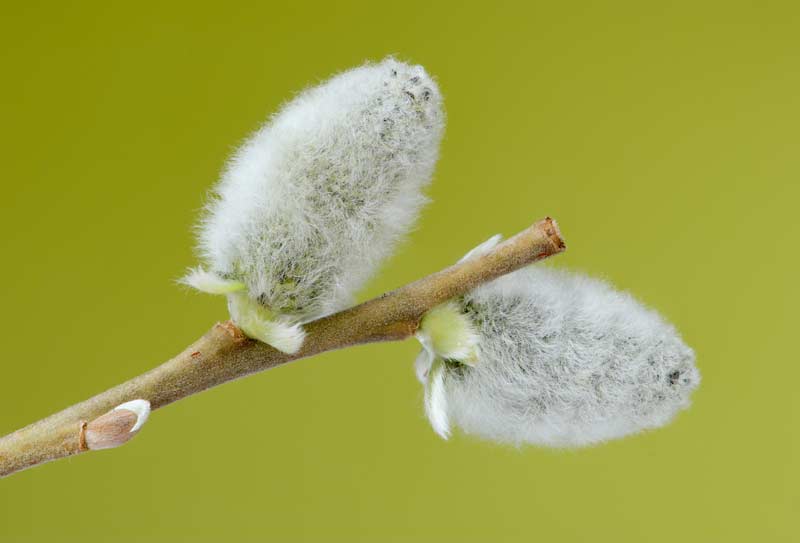
If you are not very familiar with plants, but are interested in changing that, I recommend the FloraIncognita app. This is a plant identification app and a project by the TU Ilmenau and the Max Planck Institute for Biogeochemistry in Jena. Of course, you shouldn't rely on it 100% (especially if you don't know your way around and it is about edible wild plants!), But the app usually spits out which plant you have in front of you relatively reliably.
Good luck (in collecting)!
That might interest you
Here you find Inspiration for your climbing training and on www.target10a.com the necessary training material.
Do you like our climbing magazine? When we launched LACRUX, we decided not to introduce a payment barrier. It will stay that way, because we want to provide as many like-minded people with news from the climbing scene.
In order to be more independent of advertising revenue in the future and to provide you with even more and better content, we need your support.
Therefore: Help and support our magazine with a small contribution. Naturally you benefit multiple times. How? You will find out here.
+ + +
Credits: Image material neck (אנדר-ויק - CC BY-SA 3.0), Marigold Franz Eugen Koehler, Koehler's Medicinal Plants, Picture lavender Christer Johansson CC BY-SA 3.0, Catkins Bernie

